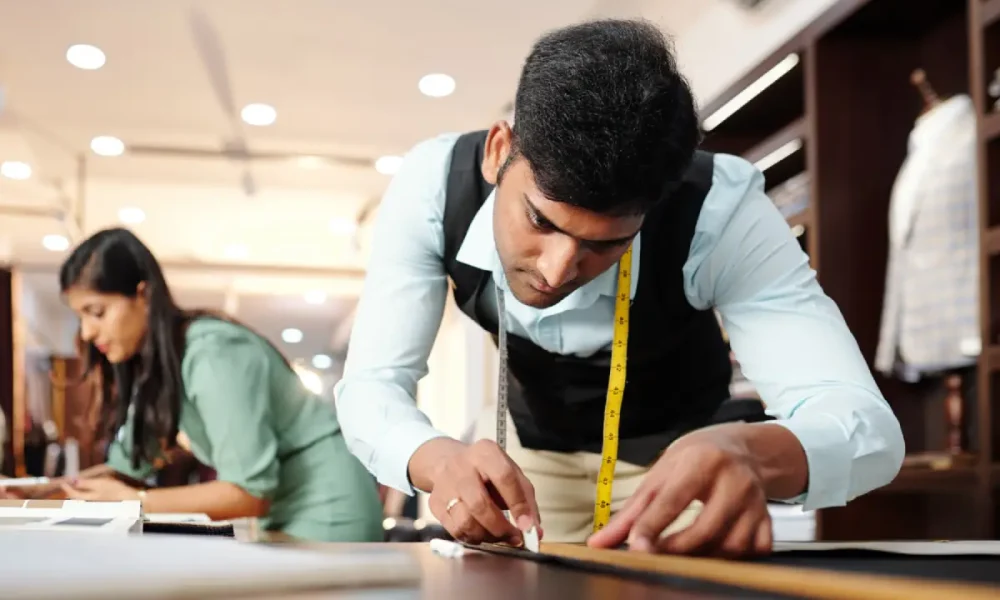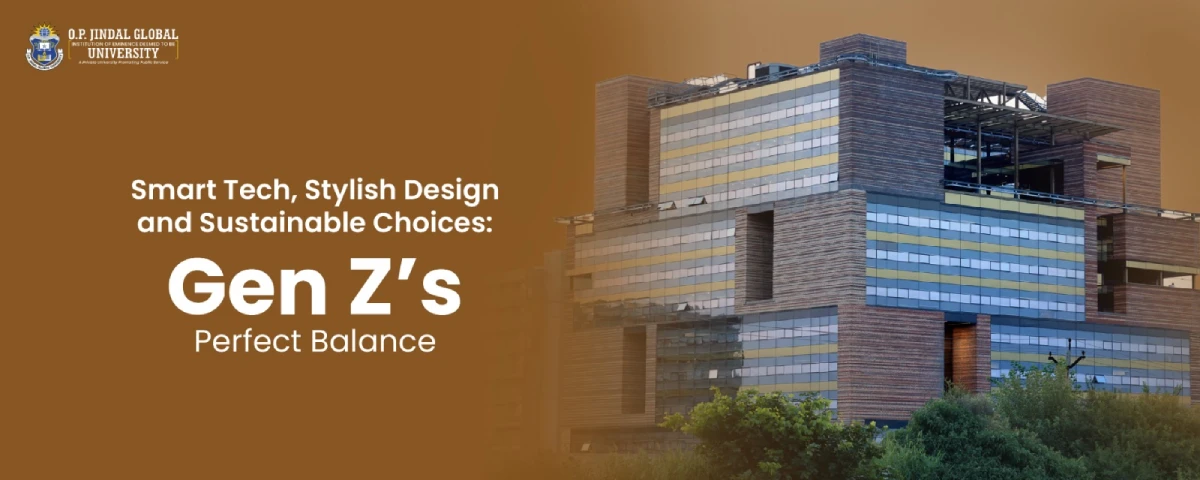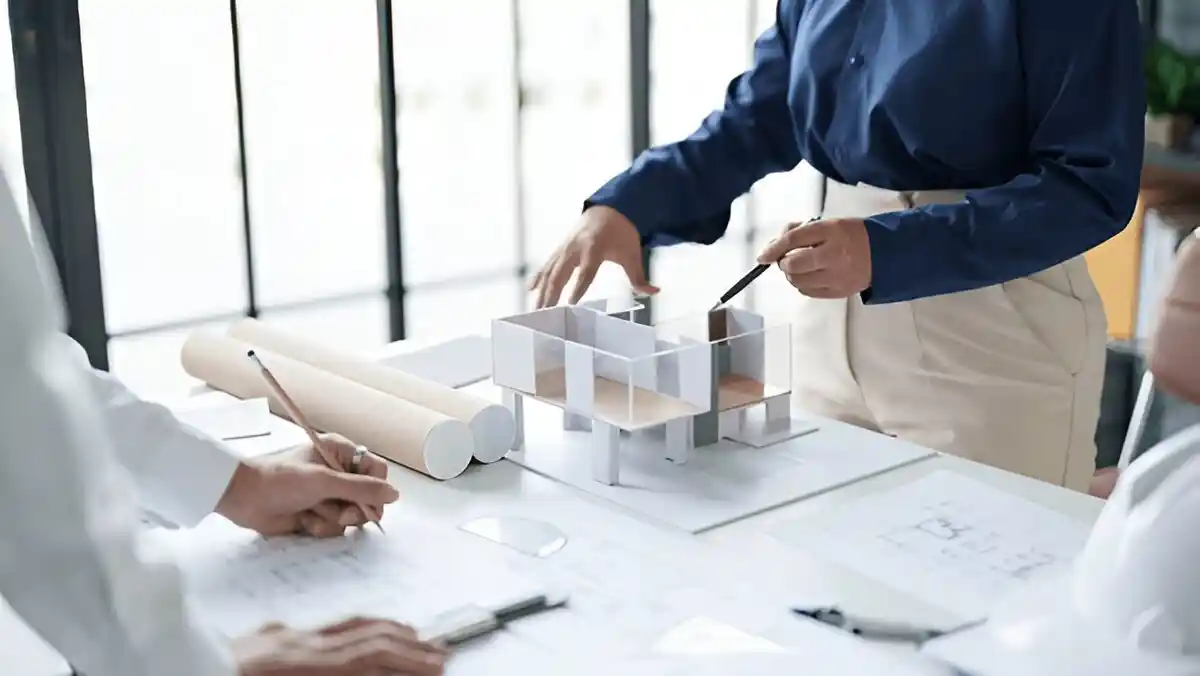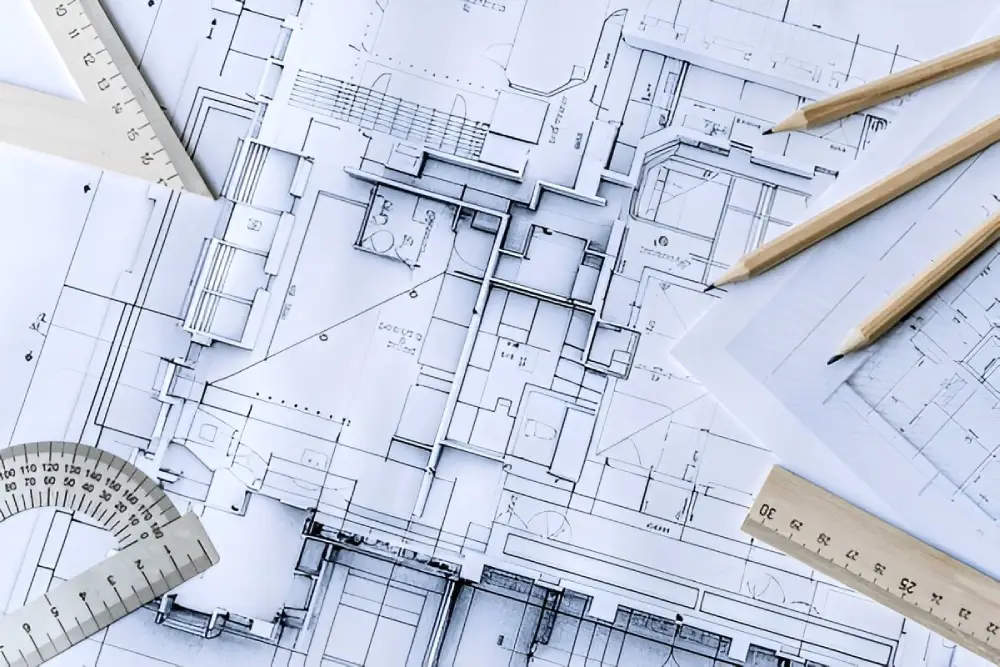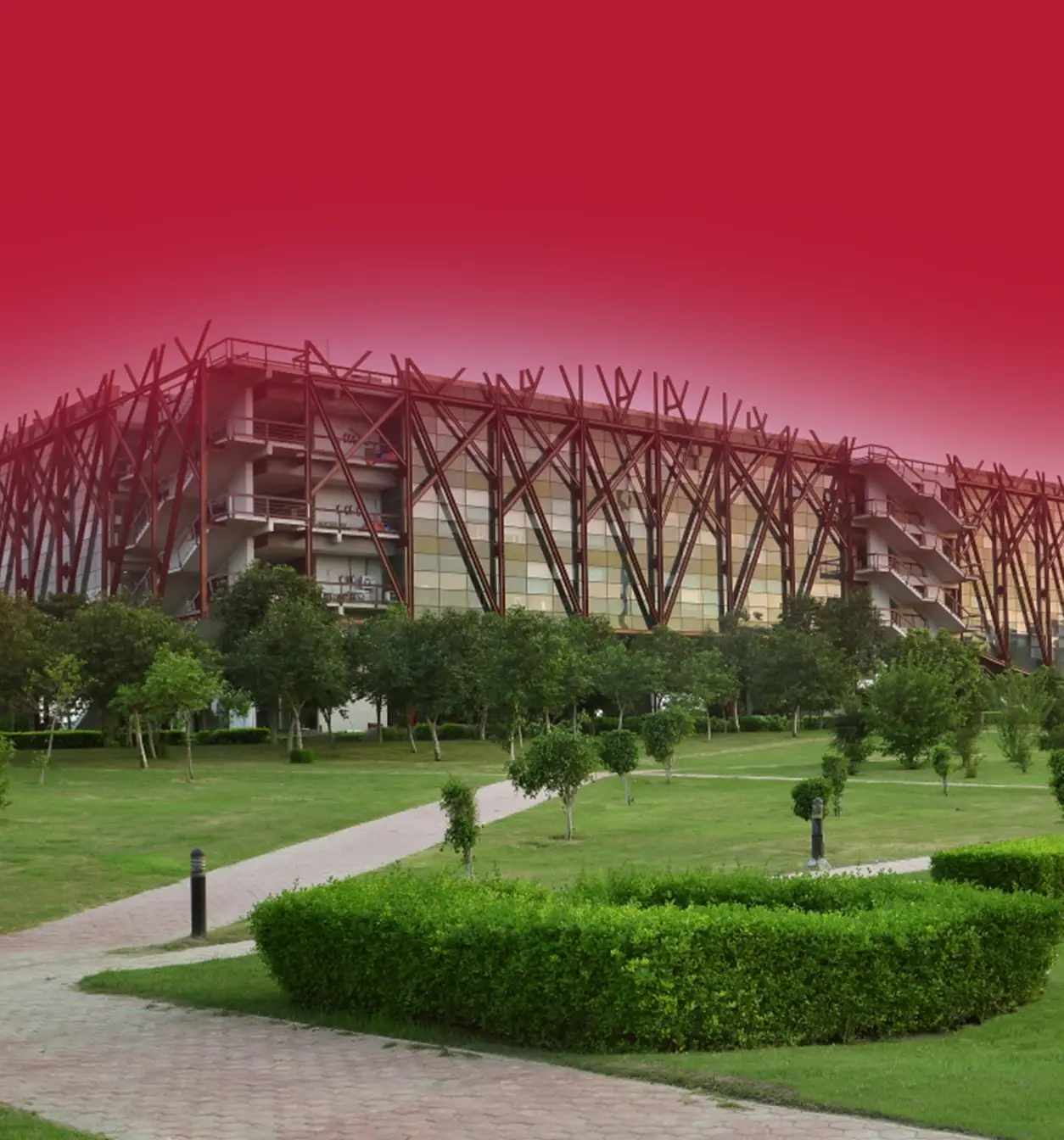Design is the art and science of creating innovative and functional solutions to meet various needs, blending creativity, aesthetics, and usability. It includes diverse fields such as graphic design, industrial design, interior design, fashion design, and UX/UI design, each focused on enhancing user experience and solving specific problems through thoughtful and effective visual and structural elements. Pursuing a Bachelor of Design (BDes) course offers a comprehensive education in these areas, equipping students with the skills and knowledge to excel in the dynamic world of design.
What is a Bachelor of Design
The term “BDes” stands for Bachelor of Design, an undergraduate degree focused on various fields of design. This program typically spans three to four years and offers specializations in areas such as fashion design, graphic design, industrial design, interior design, and more. Bachelor of Design course is designed to equip students with both technical skills and creative problem-solving abilities. The curriculum often includes courses on design principles, digital and traditional design tools, user interface design, product branding, and more.
Admission to BDes programs varies by institution. Some colleges require entrance exams, Others may admit students based on their performance in secondary education.
Upon graduation, BDes students have a range of career opportunities available to them, including roles as interior designers, fashion designers, graphic designers, product designers, UX/UI designers, and more. The design industry is growing rapidly, increasing the demand for professionals with specialized design skills.
Why Study B.Des?
Pursuing a Bachelor of Design (BDes) degree offers extensive benefits and diverse career opportunities. The program integrates creativity with practical skills, equipping students to use both traditional and digital tools for innovative problem-solving. BDes graduates can pursue careers in fashion design, graphic design, interior design, UX/UI design, and more, meeting the growing demand for skilled designers in various industries.
The curriculum fosters critical thinking and creativity, allowing students to specialize in fashion, game design, interaction design, and animation. The exposure to cutting-edge design technologies and software enhances their technical proficiency, making them highly competitive in the job market.
Additionally, BDes programs often provide strong industry connections through internships and projects, facilitating networking and career advancement. The combination of practical skills, diverse career options, and industry demand makes the BDes degree an attractive and strategic choice for those passionate about design and innovation.
B.Design Honours Subject List, Syllabus and Course Structure
The Bachelor of Design (B.Des) Honours program in India offers a comprehensive and structured curriculum to equip students with theoretical and practical design skills. Here’s a detailed look at the semester-wise syllabus:
In India, the Bachelor of Design (B.Des) program typically covers a range of subjects related to design and creativity. The specific subjects may vary slightly depending on the institution offering the program and its curriculum, but here are some common bachelor of design subjects:
| Topic | Description |
|---|---|
| Design Fundamentals | This could include design principles, design elements, and understanding aesthetics. |
| Drawing and Sketching | Developing skills in freehand drawing, sketching, and visual representation. |
| History of Art and Design | Studying the evolution of art and design from ancient to contemporary times. |
| Design Thinking and Process | Learning about problem-solving methodologies, ideation, and concept development. |
| Visual Communication | Exploring techniques for visual storytelling, graphic design, and communication design. |
| Digital Design Tools | Training in software tools like Adobe Creative Suite (Photoshop, Illustrator, InDesign) or other design software for digital creation. |
| Product Design | Studying the process of designing physical products, including materials, manufacturing processes, and user-centered design. |
| Fashion Design | Exploring fashion design, garment construction, textile science, and fashion illustration concepts. |
| Interior Design | Learning about space planning, environmental design, and creating functional and aesthetically pleasing interior spaces. |
These were some of the subjects in Bachelor of Interior Design that provide a broad foundation in various aspects of design, preparing students for careers in fields such as graphic design, product design, fashion design, advertising, animation, and more.

B.Design Teaching Methodology at JGU
One of the highly regarded Bachelor of Design (B.Des) programs in India is offered by Jindal Global University (JGU). JGU is recognized for its commitment to providing a comprehensive education that blends theoretical knowledge with practical application, ensuring students are well-equipped to thrive in the dynamic design field. With a focus on fostering creativity, innovation, and critical thinking, JGU’s B.Des program stands out for its emphasis on hands-on learning experiences and state-of-the-art facilities.
The Bachelor of Design (B.Des) program at O.P. Jindal Global University (JGU) prioritizes a hands-on, experiential approach to teaching design, particularly in the specialization of Interior Design. Here’s how the teaching methodology aligns with the provided information:
1. Cutting-edge Facilities
The program offers state-of-the-art facilities such as the Digital Centre, Virtual Environment Lab, Foundation Studio, Environment Research Lab, Construction Yard and Lab, and Fabrication Lab. These facilities provide students with the necessary tools and technology for practical learning and experimentation.
2. Hands-on Knowledge
Students have the opportunity to apply classroom learning to real-world environments through these facilities. They can experiment, test theories, and gain practical knowledge of design and architecture, aligning with the emphasis on hands-on learning.
3. Experiential Learning
The program emphasizes experimental and experiential design processes, allowing students to develop their creativity and problem-solving skills. By engaging in practical experiences and utilizing the available resources, students can gain a deeper understanding of design principles.
4. Preparation for Future Careers
The practical experience gained through the program prepares students to become competent architects or interior designers. They learn to imagine, propose, test, and refine their ideas about contemporary living spaces, anticipating changes in future built environments.
5. Focus on Creativity and Innovation
The program encourages students to think creatively, explore new ideas, and develop innovative solutions to design challenges. Students can push the boundaries of traditional design practices by fostering a supportive environment for experimentation.
6. Integration of Theory and Practice
The B.Des program at JGU integrates theoretical knowledge with practical application, allowing students to apply concepts learned in the classroom to real-world design projects. This approach ensures that students develop strong problem-solving skills and are well-prepared for the demands of the design industry.
In short, the B.Des program at JGU focuses on hands-on learning that emphasizes creativity, innovation, and practical application. With top-notch facilities and real-world experiences, students gain the skills to excel in interior design.
B.Design Important Books
These are some of the famous books often recommended for students pursuing a Bachelor of Design (B.Des) degree:
- Design of Everyday Things by Don Norman
- Universal Principles of Design by William Lidwell, Kritina Holden, and Jill Butler
- Sketching: Drawing Techniques for Product Designers by Koos Eissen and Roselien Steur
- Thinking with Type by Ellen Lupton
- Interaction Design: Beyond Human-Computer Interaction by Jennifer Preece, Yvonne Rogers, and Helen Sharp
- Design Basics by David A. Lauer and Stephen Pentak
- The Non-Designer’s Design Book by Robin Williams
- Color Design Workbook: A Real World Guide to Using Color in Graphic Design by Terry Lee Stone
- Visual Grammar by Christian Leborg
- Designing Design by Kenya Hara
Frequently Asked Questions
What are some possible job roles after a Bachelor of Design Degree?
After completing a Bachelor of Design (B.Des) degree, graduates can pursue various job roles in creative industries. Common roles include Graphic Designer, UX/UI Designer, Fashion Designer, Industrial Designer, Interior Designer, Product Designer, Visual Merchandiser, and Design Manager. These roles involve applying design principles and creative problem-solving skills in fields such as advertising, fashion, technology, manufacturing, and retail.
Is a B.Des Degree worth it in 2024?
Yes, a B.Des degree continues to be worth it in 2024, given the increasing demand for creative professionals in diverse industries. With the digital transformation driving the need for innovative solutions and experiences, there is a growing demand for skilled designers who can create visually appealing and user-centric designs. A B.Des degree equips students with essential design skills, industry knowledge, and practical experience, preparing them for rewarding careers in the dynamic design field.
What are some common subjects in B.Des Course?
Common subjects in a Bachelor of Design (B.Des) course may include Design Fundamentals, Visual Communication, User Experience (UX) Design, Design Thinking, Fashion Design, Product Design, Digital Design, Design History and Theory, and Professional Practice. These subjects provide students with a comprehensive understanding of design principles, processes, and practices, preparing them for successful careers in the field of design.

